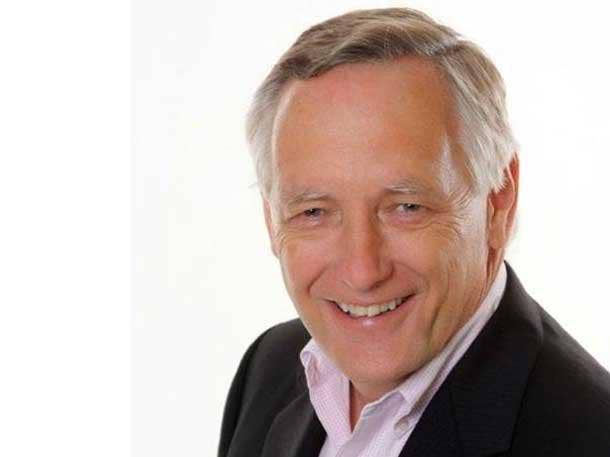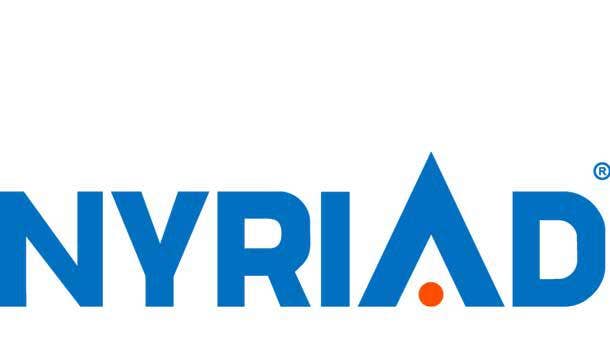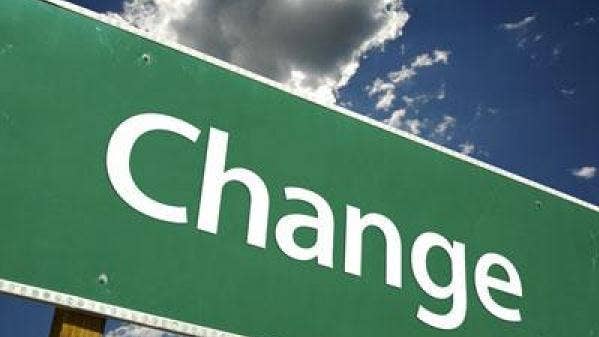Nyriad CEO Herb Hunt: We’re Building ‘Breakthrough’ Storage Technology That Gets Better Performance At ’Higher Resilience, Higher Consistency’
While Herb Hunt, CEO of New Zealand-based storage startup Nyriad, is not yet ready to talk specifically about the company’s technology, he is ready to talk about its new $28 million funding round and the move to set up headquarters in the U.S.

Keeping Mum For Now
Herb Hunt loves talking about Nyriad, the New Zealand-based startup storage technology developer he joined just over a year ago as CEO. Hunt, who holds New Zealand, Canadian and U.S. citizenship, will talk about funding, recent hires, plans to move headquarters to the U.S. and more. But he goes nearly quiet when asked about the technology his company is developing because, despite receiving $36 million in funding so far, it’s not ready.
“We have lots of competitors, obviously,” Hunt told CRN. ”It’s a tough market. And we’d prefer not to let anybody know what we’re doing until we actually have to because we’re releasing product into the market and need to explain to customers how it works.”
Hunt will discuss the technology in general terms, noting that it is a software-based technology in combination with commodity hardware that uses a combination of GPUs and CPUs to provide fast performance with a low total cost of ownership. He said the company will have an indirect channel focus and is already talking to several solution providers.
Here is a look at a potential storage industry contender for 2022 and beyond.

What is Nyriad?
It’s a company originally from New Zealand. I was asked to become CEO in October 2020, had a very solid look at it in the month or so before as to what they had technically, etc., and got quite excited by what I saw. So here we are. So I’ve been the CEO for about a year now and have been working on building the team. Our development efforts are primarily in New Zealand and will continue to primarily be in New Zealand. We have a few specialists in the U.S. that we’ve hired for specific technical tasks, not very many, a handful. We’ve moved the company from New Zealand to the U.S. to be closer to our markets fundamentally. Myself, the CFO, the chief operating officer who focuses on the sales, marketing and product management side of the business are all in the U.S. Our headquarters will be in Silicon Valley. We’re just in the middle actually of deciding what the address will be. We’ll have it probably in two weeks or something. We’re putting offers out to various landlords this week. I don’t know whether you know much about the Valley, but there are periods when you can negotiate and other periods when you’re lucky if you can find real estate. This is the former.

Talk about Nyriad's technology.
I’m not going to spend a whole lot of time on the technology today because we’re not ready to disclose it. We believe we’re building, and we’re going to deliver in in the early part of next year, a breakthrough [storage] technology that basically gets better performance at higher resilience and higher consistency. And its TCO [total cost of ownership] and simplicity are better [than what’s available], but I’m not going to tell you anything about how we do it. ... We have lots of competitors, obviously. It’s a tough market. And we’d prefer not to let anybody know what we’re doing until we actually have to because we’re releasing product into the market and need to explain to customers how it works.
Can you at least tell us if it's a hardware or software technology?
So what I’ll tell you is that we build software and we custom-configure hardware components from—I won’t say you can buy them all from Best Buy because you can’t— but it’s just completely standard hardware components.
Nyriad has mentioned combining GPUs and CPUs in its architecture. Is this a unique move on Nyriad's part?
Yes, our architecture uses both. … We use both because we need to use both for what we’re doing. And that’s in a way what leads to the distinct advantage we think we will have when we bring this to market next year.

Obviously, you've been telling some investors about the technology. Talk a little bit about this $28 million round of funding.
The investors in the company are not 100 percent New Zealand-based. I haven’t actually done a quantification on source of money by country, but about a guess would be it’s 95 percent or more New Zealand-based. It’s the same players that supported the company with our first round. It’s fundamentally them doubling down on the company from what they’ve seen since that initial round. They’ve seen the technical results we’ve got, and they’ve also seen the team that we started developing, and that’s given them confidence. [Our Chairman Guy Haddleton is] not a newbie to startups. Guy is the lead investor, but we’re very honored to have some very loyal investors that have indicated to us that they’ll continue to support us should we need it. But for right now, we’re not looking to raise further money until the valuations are there.

Why move to the U.S. market given that you will not be showing any products until sometime next year?
Principally because the U.S. market’s the leading market in the storage industry. I mean, it’s no surprise, right? And so from the point of view of the team I wanted to build and the customers I wanted to be close to and wanted the team to be close to, it only made sense to move to the U.S. We debated whether we would put the headquarters in Silicon Valley or in Austin, Texas. We sort of went against the grain, I guess, and decided to put it in Silicon Valley. It’s just purely where we could get the executives and the senior team members that we wanted on the go-to-market side and the product management side of the business.
The team is coming together well. We’re pretty pleased with the group of people that we have. I think you’ll probably find that the team’s a little more experienced than what you typically see in a startup. We’re proud of the set of people that have chosen to join us. The same with the board. We have people like Dr. C.S. Park [former CEO of Hyundai Electronics, SK Hynix, and Maxtor] joining as an advisor. He doesn’t lend his name easily to things. I think we’re building the team that we need to take this company forward and to succeed.

Given the changes going on in the storage industry, with the shifts to cloud, shifts away from dedicated hardware and a lot of other changes, is this a good time to be starting a storage vendor?
Yes. Do I think this is a simple, noncompetitive market space? No, it’s not. It’s a highly competitive market space. But we know what our results are and we know how our technology is different. We’ve benchmarked ourselves against some of the leaders in the storage space. And we’ve shown those results to the investors and the board. And you know, so it’s not just me saying it. It doesn’t make me overconfident. I know this is going to be a fight. But I think it equips us well to succeed.
Now this $28 million round brings total funding in the company to how much?
The total of this round was $28 million. And then there was another $8 million that came in last year, in October. And there was a legacy set of funding in the company that developed some of the innovative concepts, but basically the company started since last October.
So a total of $36 million then, basically.
Yes.

Will your technology be sold primarily through indirect channels or direct channels?
We’re going to go to market with business partners.
Have you reached out to any yet?
At the moment we have I think seven that have indicated a desire to sign contracts to distribute the product. That’s something that we’ll go through as to how many of those we actually sign up and what terms they get and all that.

What are you looking for in a channel partner?
We’re looking for channel partners that don’t just sell commodity products and who know how to sell value-added products. Differentiated products, if you think about it that way.
So how is it differentiated?
In this case, it’s differentiated, as I said, by the capabilities it brings in terms of performance and resilience and consistency and TCO.
But you're not going to tell me how. ...
I’m not going to. Believe me, I would love to, because it gets me so excited when we talk to people about it. And if you look at the people that joined the company, you’ll see what’s been happening. When we explain what we’re doing to those people, they leave good jobs to come and join us. We’re not hiring people that are without work.